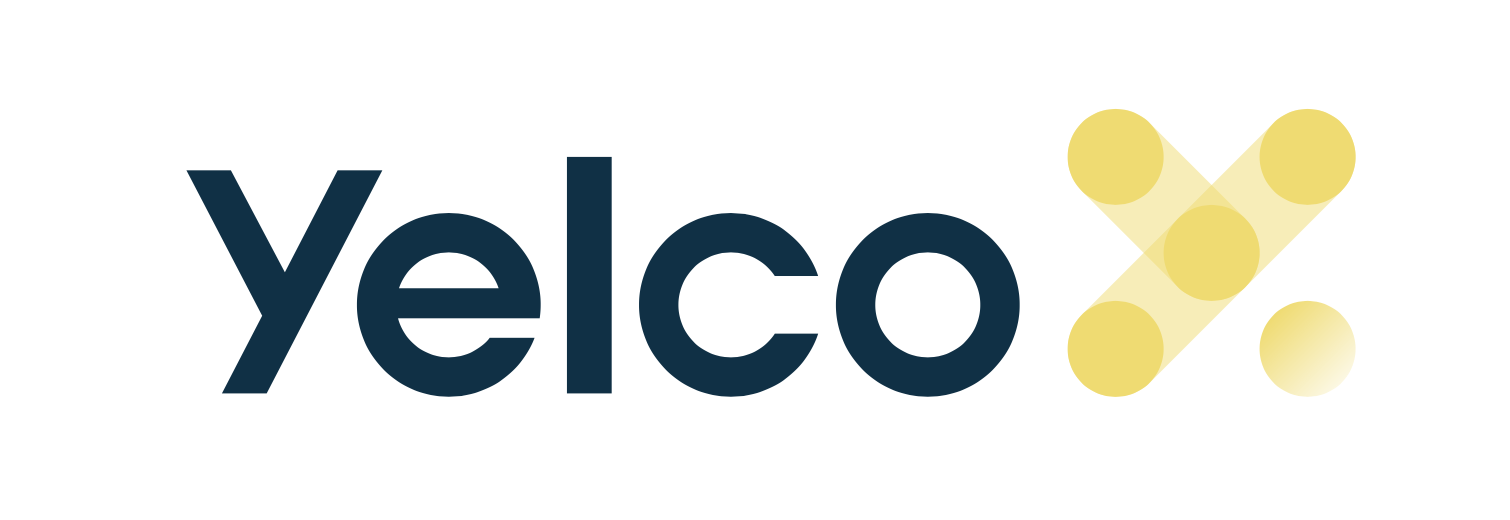CWDM vs. DWDM: Understanding the Differences and Applications

In fiber optics, two key technologies stand out for enabling high-capacity data transmission over long distances: Coarse Wavelength Division Multiplexing (CWDM) and Dense Wavelength Division Multiplexing (DWDM). While both serve similar purposes, they have distinct differences in their operation, capabilities, and applications.
Understanding CWDM
Coarse Wavelength Division Multiplexing (CWDM) is a technology that combines multiple data signals onto a single optical fiber by using different wavelengths of light. Unlike DWDM, which operates with narrower wavelength spacing, CWDM utilizes wider wavelength spacing, typically ranging from 20 to 40 nanometers apart. This broader spacing simplifies the technology and makes it more cost-effective to implement.
One of the key advantages of CWDM is its simplicity. It requires less sophisticated equipment and components compared to DWDM, making it an attractive option for applications where cost is a significant factor. CWDM is commonly used in scenarios where shorter distances and lower data rates are sufficient, such as metropolitan area networks (MANs), access networks, and campus environments.
Exploring DWDM
Dense Wavelength Division Multiplexing (DWDM) is a more advanced technology that enables the simultaneous transmission of multiple data signals over a single optical fiber by using closely spaced wavelengths of light. DWDM systems typically operate with channel spacings of 0.8 nanometers or less, allowing for significantly higher data capacities compared to CWDM.
One of the primary benefits of DWDM is its scalability. With its ability to support a larger number of wavelengths and accommodate higher data rates, DWDM is well-suited for long-haul transmission applications over extensive fiber optic networks. It is commonly deployed in telecommunications networks, submarine cables, and other high-capacity, long-distance communication links where data traffic volumes are substantial.
Key Differences and Applications
The main differences between CWDM and DWDM lie in their wavelength spacing, capacity, complexity, and cost. CWDM offers a more straightforward and cost-effective solution suitable for shorter distances and lower data rates, while DWDM provides higher capacity and scalability for long-haul transmission over extensive fiber optic networks.
CWDM Applications:
- Metropolitan Area Networks (MANs)
- Access Networks
- Campus Environments
- Video Surveillance Systems
- Enterprise Networks
DWDM Applications:
- Long-Haul Transmission Networks
- Telecommunications Backbone Networks
- Submarine Cable Systems
- Internet Service Provider (ISP) Networks
- Data Centers Interconnects
While both CWDM and DWDM offer effective solutions for multiplexing data signals over fiber optic networks, they serve different purposes and are suited for distinct applications. CWDM is preferred for shorter distances and lower data rates where cost-effectiveness is crucial, while DWDM excels in long-haul transmission scenarios requiring higher capacity and scalability. By understanding the differences between CWDM and DWDM, network operators can make informed decisions when selecting the most appropriate technology for their specific requirements.
Learn more about WDM Multiplexing.


